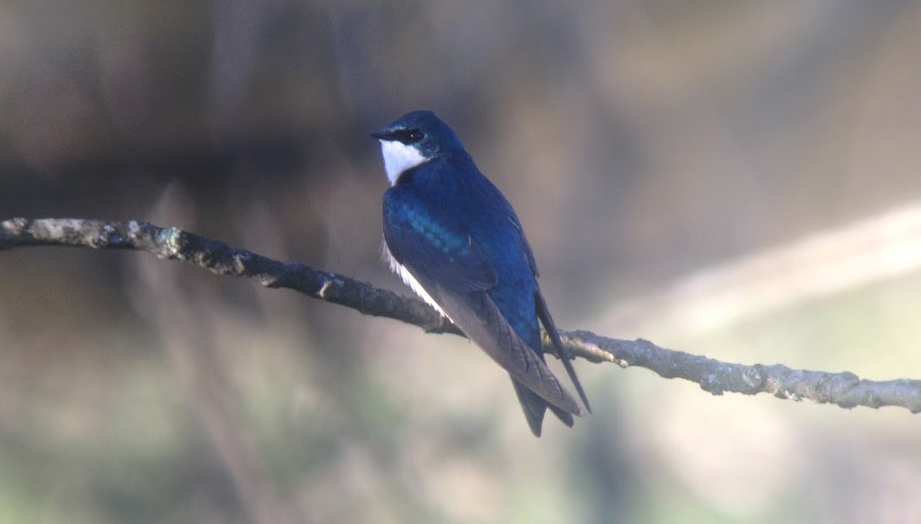

Birds... Neighbors? Tenants? Friends?
Imagine for a moment, if a friend of yours traveled 2,500 miles by his own power with just the clothes on his back, across mountains, seas, rivers, through storms, dodging danger day in and day out, just to come to your doorstep. What kind of reception would you give him when he arrived after such a journey?